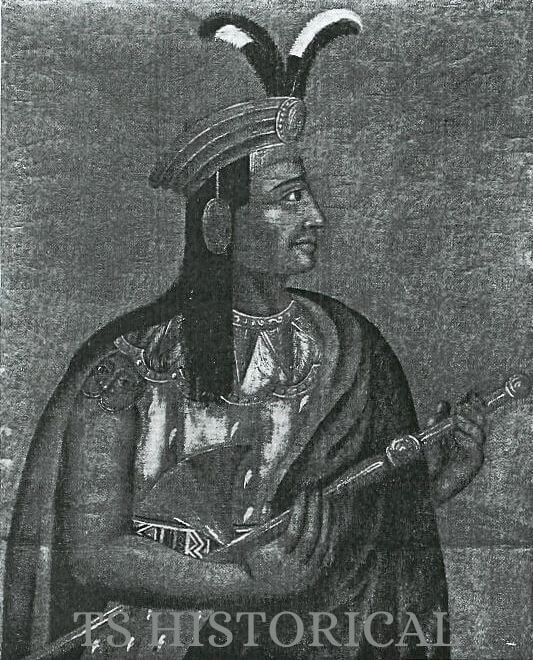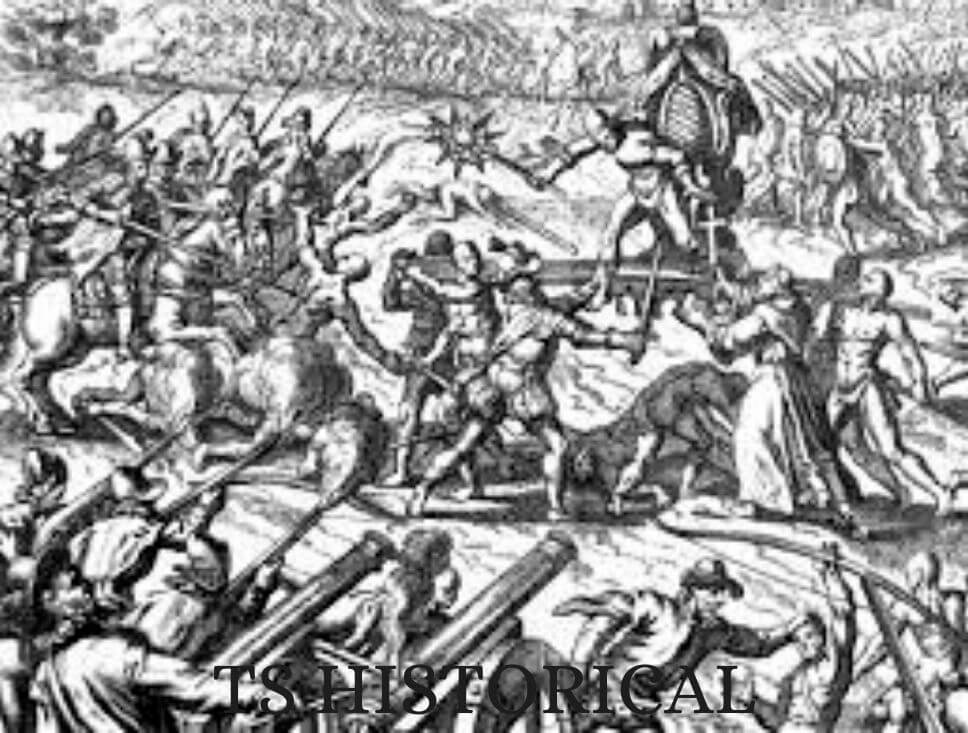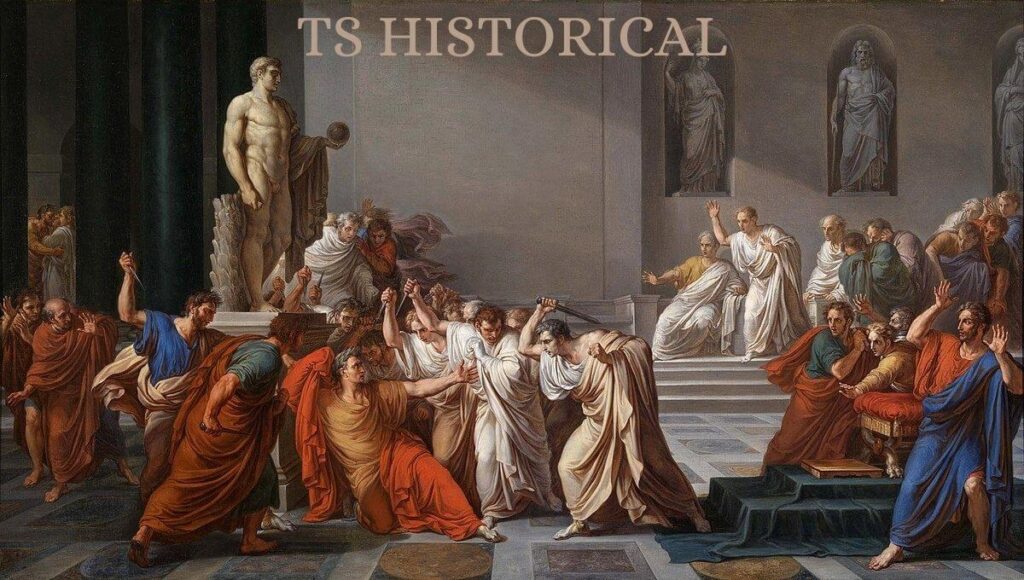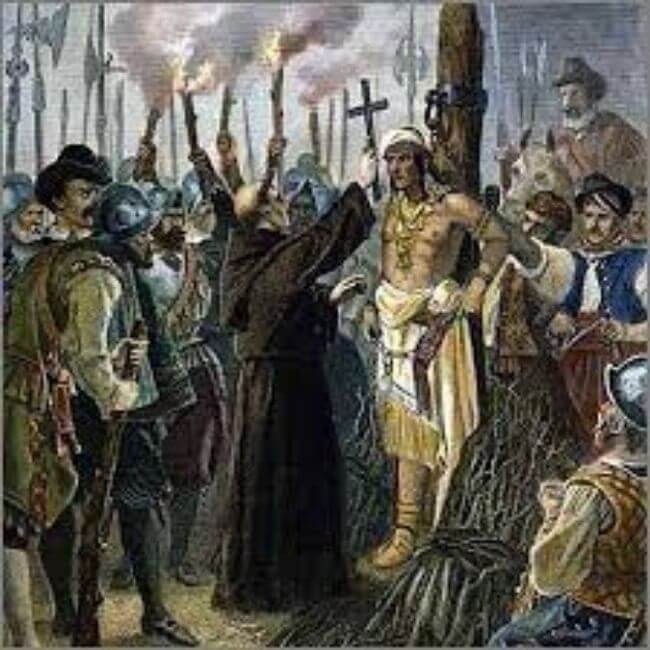Table of Content
The Inca Empire on Map

The Inca empire covered the Maule River (in central Chile), down the Pacific coastline, and to Ecuador’s modern-day northern border. These South American Indians – and their history – have long inspired books, theories, and myths about their culture and final decline. Their capital in Cuzco (now Peru) was founded in the 12th century.
During the 15th century, they expanded their territories through a series of conquests, and roughly 100 years later commanded a population of around 12 million people. During the reign of the emperor Huayna Capac, who lived ruled from 1492-1527, the Incas reached the height of their power. However, in less than ten years, the Inca empire would be no more.
The Spanish arrived in South America in 1492, the same year Huayna Capac came to power. Historians believe that his death in 1527 resulted from one of the various diseases that the Europeans brought with them, most likely smallpox or measles. Huayna Capac had many sons, and when he died, he divided the Inca Empire between his eldest son – Huascar – and his favorite,
Inca Empire Civil War

Huáscar’s half-brother Atahualpa. Together, these brothers may have proved to be a formidable enemy for the Spanish. But, after four or five years of peaceful cooperation, Huáscar decided he wanted the entire empire to himself. Huáscar’s actions plunged the Inca empire into civil war, with Atahualpa claiming the ultimate victory.
Atahualpa imprisoned Huáscar and set about punishing all of those who had sided with his half-brother. He massacred any pretenders to the throne and burned the nobles of Cuzco. Some reports say he went as far as to rip out the hearts of his rivals and forced their supporters to eat them. While Atahualpa reveled in his resounding victory, the Spanish arrived. Despite having beaten his brother’s forces, it was not long before Atahualpa would lose his empire to just 168 men and 69 horses.
Download this Article in PDF Format
Get a well-documented version of this article for offline reading or archiving.
Download Now (1846 KB)So, how was it that such a meager number could defeat this great empire? Firstly, most of the men in this Spanish expedition, led by Francisco Pizarro, had been in South America for around a decade. The Spanish had already defeated the Aztecs and plundered their treasures. Many Spanish adventurers were still looking for their piece of land and the riches that came with it. Pizarro himself had already tried to infiltrate the Incan empire twice before. When Pizarro returned for the third time in 1531, fortune favored him.
The diseases that the Spanish had unintentionally brought with them had taken their toll on the population, and the power vacuum left by Huainan Capac, as well as the subsequent civil war, had weakened the Incas considerably. Upon arrival, Pizarro’s forces gained a victory in the province of Manabí.
Battle of Cajamarca

There, they waited for reinforcements while suffering from native diseases. Had the Incas empire attacked now, they could have defeated the Spanish. Re-enforcements arrived in 1532, and the group journeyed south.
The Incas, hearing of the invaders, sent presents and invited them to the Incan camp. To the natives, this was a thinly veiled threat, but the Spanish missed the cultural connotations of this message and continued undaunted. In November 1523, they reached Cajamarca.
During a hailstorm, the men sheltered in the buildings surrounding the central plaza. Hearing that Atahualpa was celebrating his recent victory over Huáscar by relaxing in nearby thermal baths, Pizarro sent some men to meet Atahualpa with an invitation to return with them to Cajamarca.
At first, Atahualpa was not interested in these embassies, but after discovering one of them was related to Pizarro, he invited the Spaniards to dine with the Incas. Cautious that this may be a trick, the Pizarro’s men declined. However, they still stayed to drink with the Incas. Atahualpa agreed to meet with Pizarro the next day in the central plaza of Cajamarca. Unsure of how to play it, Pizarro instructed his men to conceal themselves in the buildings surrounding the main plaza, many of which were large enough to hide a man on horseback.
They then blocked the narrow entrance and the exit points to the plaza. Atahualpa certainly knew how to make an entrance. Many guards and servants entered the plaza wearing bright colors, dancing, and singing. Then soldiers wearing metal plates entered the plaza preceding the emperor himself, who arrived adorned with gold.

Atahualpa was presented with a Bible and told he would have to pay tribute to Emperor Charles V. Angry that he could not understand the text written in the bible, Atahualpa threw it to the floor. The friar that had given the bible declared that Atahualpa had blasphemed against the word of God, and Pizarro took this opportunity to attack.
Cannons fired into the crowd of Incas, followed by an attack from soldiers on horseback and foot. Within two hours, the Incan Emperor had was captured, and 7,000 of his men lay dead in the plaza. The Spanish were superior in weapons and armor, but their ferocity came from their position as foreigners in a strange land. Undoubtedly, many Spanish men must have seen this as their opportunity to finally claim the wealth and power they had envisaged when they left their home to set sail for the Americas. While in captivity, Atahualpa shrewdly figured out that the invading force was after treasure more than power.
He promised them riches of gold and silver, which appealed to Pizarro as he and his men were surrounded by thousands of Inca armies and would need to wait for reinforcements to arrive before leaving Cajamarca.
The Spanish soldiers were allowed to explore further by royal order, with three of their number being carried on litters to the Inca capital. On their way to the capital, the men met the defeated prince Huáscar. Huáscar saw his opportunity for revenge on his half-brother and promised the Spanish riches beyond their worldly desires if they were to join forces with him. The Spanish refused, and Huáscar was executed as soon as Atahualpa got word of the exchange.

In April 1533, the Spanish reinforcements had arrived, and Atahualpa had fulfilled his promise to fill a room with gold and two more rooms with silver. Drunk with their newfound riches, the Spanish decided that Atahualpa was no longer of use to them and demanded his execution.
Pizarro had become quite fond of his captive, who had learned how to play chess, and the two men regularly dined together. Regardless of this friendship, Atahualpa was put on trial. In a mock court, Atahualpa was accused of the murder of his brother and conspiring against Pizarro.
He was found guilty and sentenced to being burned at the stake, which horrified Atahualpa, as the Incans believed that they needed their body to reach the afterlife. To keep his body intact, Atahualpa converted to Christianity, so the Spanish allowed him to be executed by strangulation instead of burning. Atahualpa – the last true Inca Emperor – was put to death on July 26, 1533.
The Incan people were divided. Hot on the heels of their civil war, supporters of Huáscar were pleased that Atahualpa had been disposed of. The Spanish wanted an Incan Emperor who was under their supervision and installed Túpac, who was the younger brother Huáscar and Atahualpa. Túpac didn’t even make it to Cuzco and died of disease on his way from Cajamarca.
The death of Túpac did not deter the Spanish, and they managed to pick up another Incan prince on their way to the capital. A year after arriving at Cajamarca, the Spanish marched on Cuzco, accompanied by Manco Inca Yupanqui. After three years, Manco Inca Yupanqui grew tired of co-ruling with the Spanish. They had shown themselves to be entirely disrespectful of the Incan culture and had displaced many Incan nobles.
Manco Inca Yupanqui escaped Cuzco and managed to raise an army to try and take back the Incan capital. After ten months of trying, Manco Inca Yupanqui was forced to retreat. He founded a Neo-Inca state in the jungles of Vilcabamba until he died in 1572. The last vestiges of the Inca Empire died with him.
Spanish conquest of the Inca Empire

The fall of Inca empire had many contributing factors. One was the civil war. The Inca empire was already divided by the time the Spanish took Cajamarca.
This division worked to the Spanish’s advantage, as a proportion of the Inca people were convinced that the Spanish would help them overthrow those who were wrongfully in charge. Other native tribes under Incan rule saw the Incas as oppressive overloads and felt the Spanish were liberators rather than occupiers.
Pizarro managed to manipulate the Inca people by attacking their ideologies of power. The Inca Empire Kings were seen as gods on earth, so he took their power and destroyed the focus of Inca worship by attacking and killing these gods.
Flush from his success in the Inca civil war, Atahualpa had greatly underestimated the Spanish. As the two Incan leaders had been preoccupied with fighting each other, they missed the opportunity to attack the Spanish while their numbers were limited. As well as being divided by the war, the influx of European diseases weakened the Inca people.
The Inca Empire army differed from the battle-hardened Spanish, as it was primarily made up of conscripts from local farmers. These farmers often had to return to their farms to harvest their crops, so the Incan army was not fit for year-round conflict. While the farmers fought because of their duty, the Spanish fought for their future fortunes. This difference in motivation could be argued to be the most significant advantage that the Spanish had. The Spanish fought for personal gain, and the Inca army did not know they were fighting for their homes and their way of life.
After the Inca Empire had been defeated, the Spaniards did not have smooth sailing. Fighting erupted amongst the competing Spanish groups, and in 1541 Francisco Pizarro was killed by his men loyal to his rival – Diego de Almagro II. Local ethnic groups had lost around 50% of their population, and chaos reigned during these black years. Around the time of Manco Inca Yupanqui’s death, Viceroy Francisco de Toledo came to power. He moved the natives out of their local communities to exercise more control over the population. Soon the locals realized that the Spanish were far more dominating overlords than the Incas. They attempted to rebel against the Spanish, but it was too late.
They began to long for the days of the Incan rulers, and myths persist today regarding the return of Inkarri – an Inca Emperor who would free the people from their bonds. Despite the efforts of the Christian Spanish to eradicate the Inca culture, the native Andean people still practice many ancient rites and rituals. Local Peruvian farmers still use the old connections to the sky and earth to predict the outcomes of crops. Many in modern-day Peru are still very much proud of once being the greatest empire in the Americas.
Discover more from TS HISTORICAL
Subscribe to get the latest posts sent to your email.
